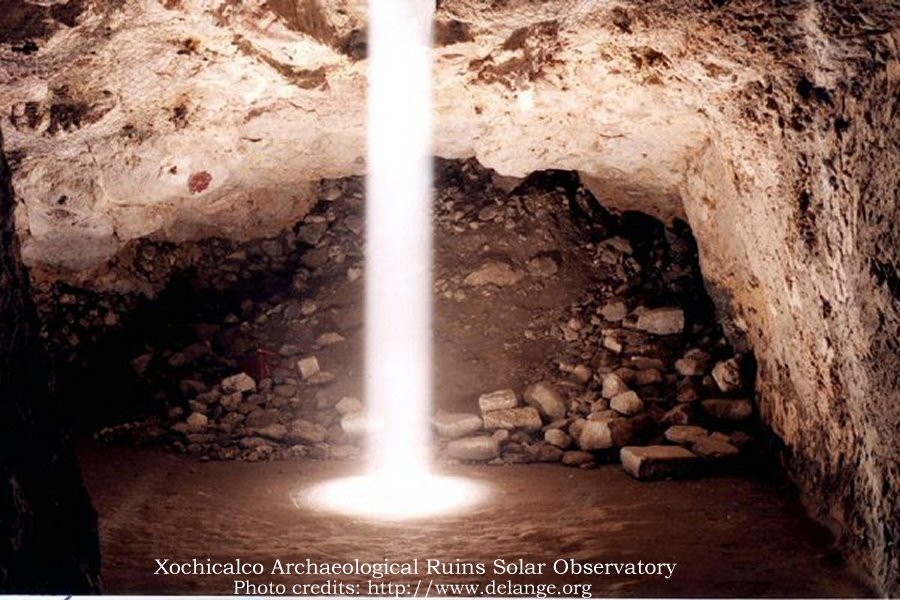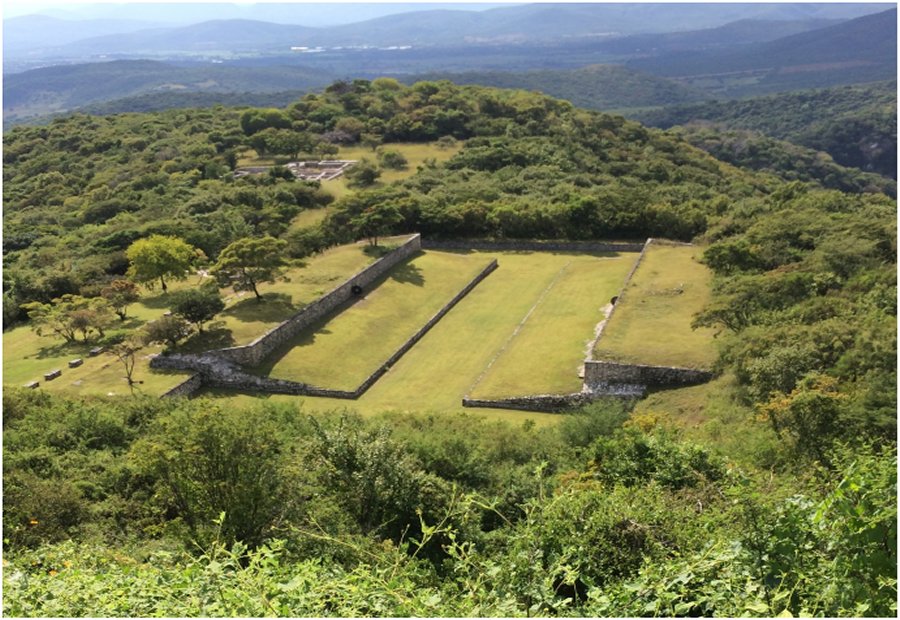Xochicalco: Stunning Ruins Of Sacred City Linked To Maya and Aztecs Civilizations
A. Sutherland - AncientPages.com - Many of the so-called Aztec temples were temples that existed before the Aztec empire did. Many peoples and cities were conquered and forced to pay tribute, becoming a part of the Aztec Empire.
One such city was Xochicalco called "The place of the House of Flowers" (in the language of the Aztecs, Nahuatl).
This pre-Columbian archaeological site represents a temple pyramid complex, located at high altitude, in a remote part of the state Guerraro, 38 km southwest of Cuernavaca, about 76 miles by road from Mexico City.
Xochicalco and its many underground, man-made tunnels were built on the natural slope of the hillside.
Temple of the Feathered Serpent, is highest, and most important of the temples at Xochicalco.
The peak of Xochicalco as an important guarded commercial and religious center , came after the fall of Teotihuacan and it has been speculated that Xochicalco may have played a part in the fall of the Teotihuacan empire.
Inhabited approximately between 200 and 900 AD, a medium-sized city (a population of 10,000 to 15,000 people ) was associated with many cultures including the Maya and the early Aztecs. The city was located along several of the major Mesoamerican trade routes.
Of special interest at Xochicalco is the Temple of the Feathered Serpent – strongly influenced by Teotihuacan and Maya art – is decorated with stylized depictions of Feathered Serpent, Quetzalcoatl, one of the most important gods of ancient Mexico.
See also:
Ceibal Is The Oldest Known Ceremonial Site Of The Maya Civilization
Fearsome Aztec Eagle Warriors And Jaguar Warriors Of Mesoamerica
Aztec Empire: ‘Tlatoani’ – The Ruler With The Ultimate Power In The Land
Among other monuments at the site include several other step-pyramid temples, palaces, three ballcourts, sweat-baths, an unusual row of circular altars, and a cave with steps carved down into it.
The site also has some free-standing sculptured stelae.
Ballcourt at Xochicalco
About 900 AD, city was most probably destroyed or abandoned; other archaeological evidence suggests Xochicalco may have been burned. Underneath destruction layers, which were examined by archaeologists revealed numerous objects left in place in the houses; it would suggest the place was destroyed and abandoned very quickly.
Long after these events, however, the city was continuously venerated and its ruins considered a sacred site. By the time of the Spanish colonial period, however, the city was lost and largely forgotten.
Written by – A. Sutherland AncientPages.com Staff Writer
Copyright © AncientPages.com All rights reserved. This material may not be published, broadcast, rewritten or redistributed in whole or part without the express written permission of AncientPages.com
More From Ancient Pages
-
 Ashvins: Vedic Twin Gods Of Medicine And Healing Were Skilled Surgeons
Featured Stories | Feb 1, 2019
Ashvins: Vedic Twin Gods Of Medicine And Healing Were Skilled Surgeons
Featured Stories | Feb 1, 2019 -
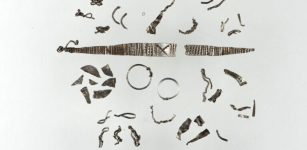 Magnificent Viking Treasure Accidently Found In Norway – Was It Hidden Or Sacrificed?
Archaeology | Nov 3, 2022
Magnificent Viking Treasure Accidently Found In Norway – Was It Hidden Or Sacrificed?
Archaeology | Nov 3, 2022 -
 China’s Ancient Water Pipes Show People Mastered Complex Engineering Without The Need For A Centralized State Authority
Archaeology | Aug 15, 2023
China’s Ancient Water Pipes Show People Mastered Complex Engineering Without The Need For A Centralized State Authority
Archaeology | Aug 15, 2023 -
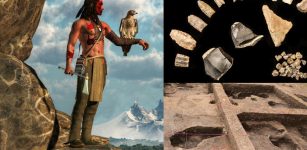 Is North America’s Oldest House In Ohio A 12,250-Year-Old Clovis Dwelling? Archaeologists Re-Investigate The Paleo Crossing Site
Archaeology | Apr 28, 2022
Is North America’s Oldest House In Ohio A 12,250-Year-Old Clovis Dwelling? Archaeologists Re-Investigate The Paleo Crossing Site
Archaeology | Apr 28, 2022 -
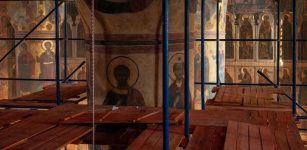 Never-Before-Seen Ancient Frescoes Discovered Inside The Dormition Cathedral
Archaeology | Feb 28, 2020
Never-Before-Seen Ancient Frescoes Discovered Inside The Dormition Cathedral
Archaeology | Feb 28, 2020 -
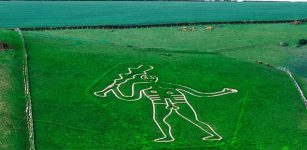 Has The Mystery Of Cerne Abbas Giant Been Solved?
Archaeology | Jan 2, 2024
Has The Mystery Of Cerne Abbas Giant Been Solved?
Archaeology | Jan 2, 2024 -
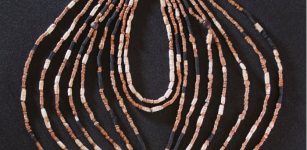 Beautiful Neolithic Ornate Necklace With Over 2,500 Stones Found In A Child’s Grave
Archaeology | Aug 2, 2023
Beautiful Neolithic Ornate Necklace With Over 2,500 Stones Found In A Child’s Grave
Archaeology | Aug 2, 2023 -
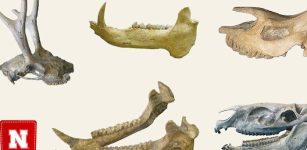 Tooth Analysis Reveal Nebraska Resembled A Dry Savanna 18 Million Years Ago
Archaeology | Jun 8, 2022
Tooth Analysis Reveal Nebraska Resembled A Dry Savanna 18 Million Years Ago
Archaeology | Jun 8, 2022 -
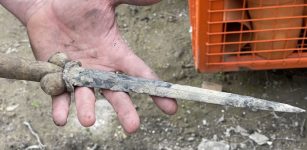 Medieval Bollock Dagger – Also Known As Kidney Dagger Discovered In Belgium
Archaeology | Mar 30, 2022
Medieval Bollock Dagger – Also Known As Kidney Dagger Discovered In Belgium
Archaeology | Mar 30, 2022 -
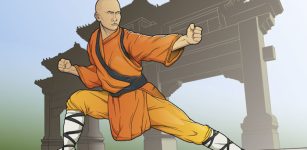 Sōhei And Yamabushi: Fearsome Ancient Warrior Monks Of Japan
Featured Stories | Feb 26, 2022
Sōhei And Yamabushi: Fearsome Ancient Warrior Monks Of Japan
Featured Stories | Feb 26, 2022 -
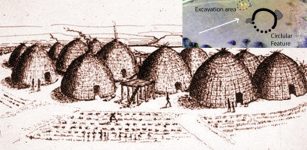 Large Earthwork At Wichita Site In Kansas – Is It Long-Lost Native American City Of Etzanoa?
Archaeology | Sep 4, 2020
Large Earthwork At Wichita Site In Kansas – Is It Long-Lost Native American City Of Etzanoa?
Archaeology | Sep 4, 2020 -
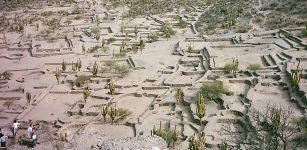 Ancient Ruins Of Quilmes: Largest Pre-Colombian Settlement In Argentina
Featured Stories | Mar 28, 2019
Ancient Ruins Of Quilmes: Largest Pre-Colombian Settlement In Argentina
Featured Stories | Mar 28, 2019 -
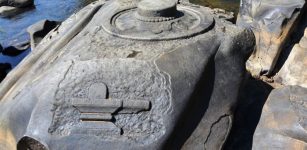 Mystery Of Ancient Carved Shiva Lingas In India And Cambodia
Featured Stories | Oct 12, 2015
Mystery Of Ancient Carved Shiva Lingas In India And Cambodia
Featured Stories | Oct 12, 2015 -
 Viking Funeral Traditions: Burning Ships, Complex Ancient Rituals And Incredible Up Helly Aa Festival
Ancient Traditions And Customs | Jan 28, 2017
Viking Funeral Traditions: Burning Ships, Complex Ancient Rituals And Incredible Up Helly Aa Festival
Ancient Traditions And Customs | Jan 28, 2017 -
 Golden Stool Of Ashanti People And Legend Of The Black Cloud Appearing In The Sky
Artifacts | Sep 27, 2020
Golden Stool Of Ashanti People And Legend Of The Black Cloud Appearing In The Sky
Artifacts | Sep 27, 2020 -
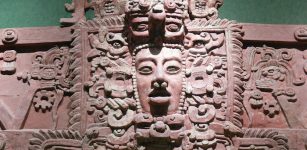 Fixing Archaeology’s Dating Problem – New Method Developed By Scientists
Archaeology | Sep 17, 2021
Fixing Archaeology’s Dating Problem – New Method Developed By Scientists
Archaeology | Sep 17, 2021 -
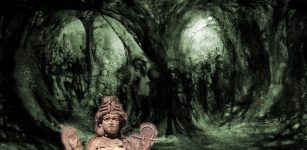 Death And Afterlife In Sumerian Beliefs
Civilizations | May 12, 2017
Death And Afterlife In Sumerian Beliefs
Civilizations | May 12, 2017 -
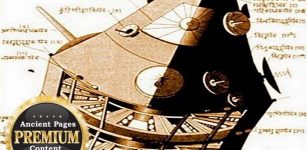 Vimanas – Flying Machines Soaring Through Ancient Sky Of India
Featured Stories | May 27, 2014
Vimanas – Flying Machines Soaring Through Ancient Sky Of India
Featured Stories | May 27, 2014 -
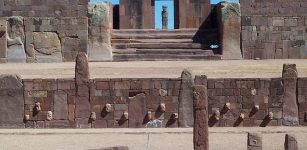 Superfood Of Ancient Andeans Reconstructed – What Helped To Fuel The Tiwanaku Civilization 2,500 Years?
Archaeology | Nov 30, 2021
Superfood Of Ancient Andeans Reconstructed – What Helped To Fuel The Tiwanaku Civilization 2,500 Years?
Archaeology | Nov 30, 2021 -
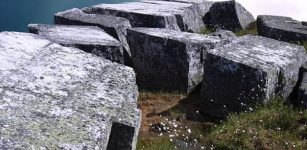 Mysterious Megaliths Of Russia May Offer Evidence Of An Ancient Advanced Lost Civilization
Ancient Technology | Jul 22, 2017
Mysterious Megaliths Of Russia May Offer Evidence Of An Ancient Advanced Lost Civilization
Ancient Technology | Jul 22, 2017



